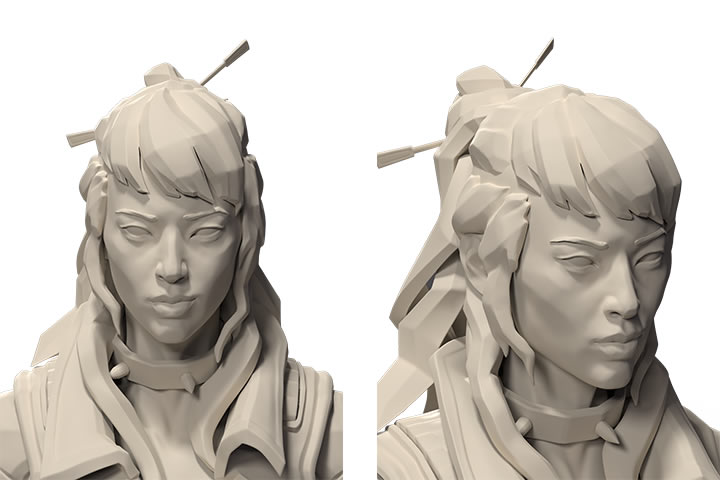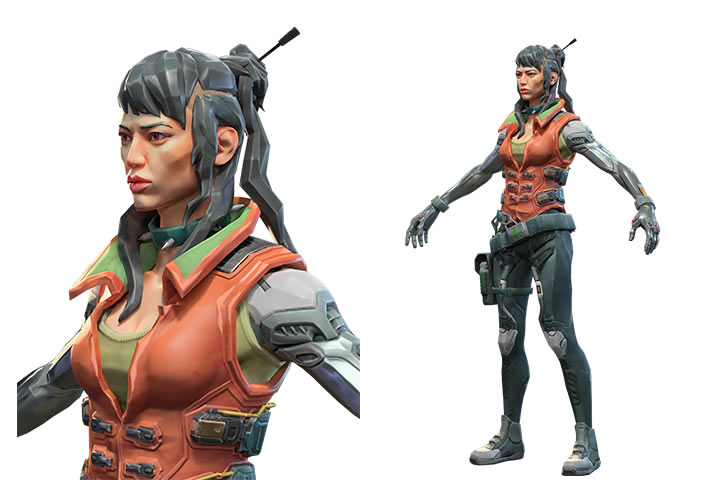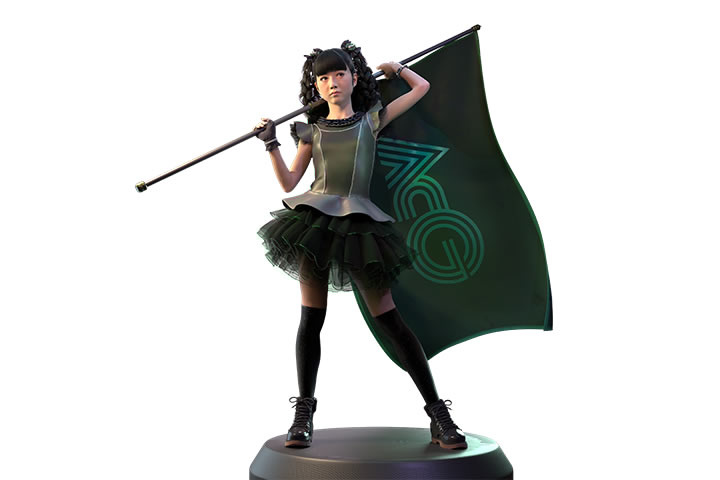1. Introduction and basic knowledge of 3DMAX and MAYA
2. Basic geometry arrangement and combination
3. Simple three-dimensional model production
4. Polygon and composite model modeling
The word “next generation” is from Japanese, referring to the next generation.
Next generation modeling is a general term for the next generation of game modeling standards.
Compared with traditional 3D modeling, the next generation modeling has more model faces. It not only upgrades the simple and rough low-face models to more sophisticated high-face models, but also uses PBR materials based on physical rendering on the maps to pursue more realistic performance effects.
In short, next-generation modeling production process has higher model accuracy and texture quality based on physical rendering.
Next generation modeling employment prospects:
The next generation game production process has become a regular production process in the current game industry, and most game companies adopt the next generation process to produce game assets.
Therefore, the next-generation game production is very popular in the domestic game production field.
The average salary of 3D game designers who can master the 3D next generation production ability is more than 10K in the industry. Among them, the outstanding designers with more production experience, more comprehensive skills and more advanced aesthetics have a monthly salary of more than 30K, which has become the norm in the industry.
At the same time, in the current background of career diversification, you can also be a freelancer, who can have their own career foundation while balancing their life.
The next generation production process is no longer limited to the game art industry.
It has been applied in a wide range of fields, such as medical, sports, aerospace, etc. Meanwhile in non-game industry fields, it also shows its technological advantages.
In the future, there will be a broad range of employment and a wider range of occupational demands for 3D next generation modeling designers.

1. Introduction and basic knowledge of 3DMAX and MAYA
2. Basic geometry arrangement and combination
3. Simple three-dimensional model production
4. Polygon and composite model modeling

1. Introduction to ZBrush interface
2. Introduction to geometry editing and sub-tool commands
3. Common materials sculpting of high polygon model
4. Details sculpting of items in high polygon
5. Production of items and high polygon models

1. Introduction and application of Photoshop
2. Topology of items with low polygon models
3. UV and hard edges of smooth modules
4. Mapping to bake

1. Establish projects and common functions
2. Item model mapping
3. PBR mapping output and material

1. Case Production
2.Practical project production
